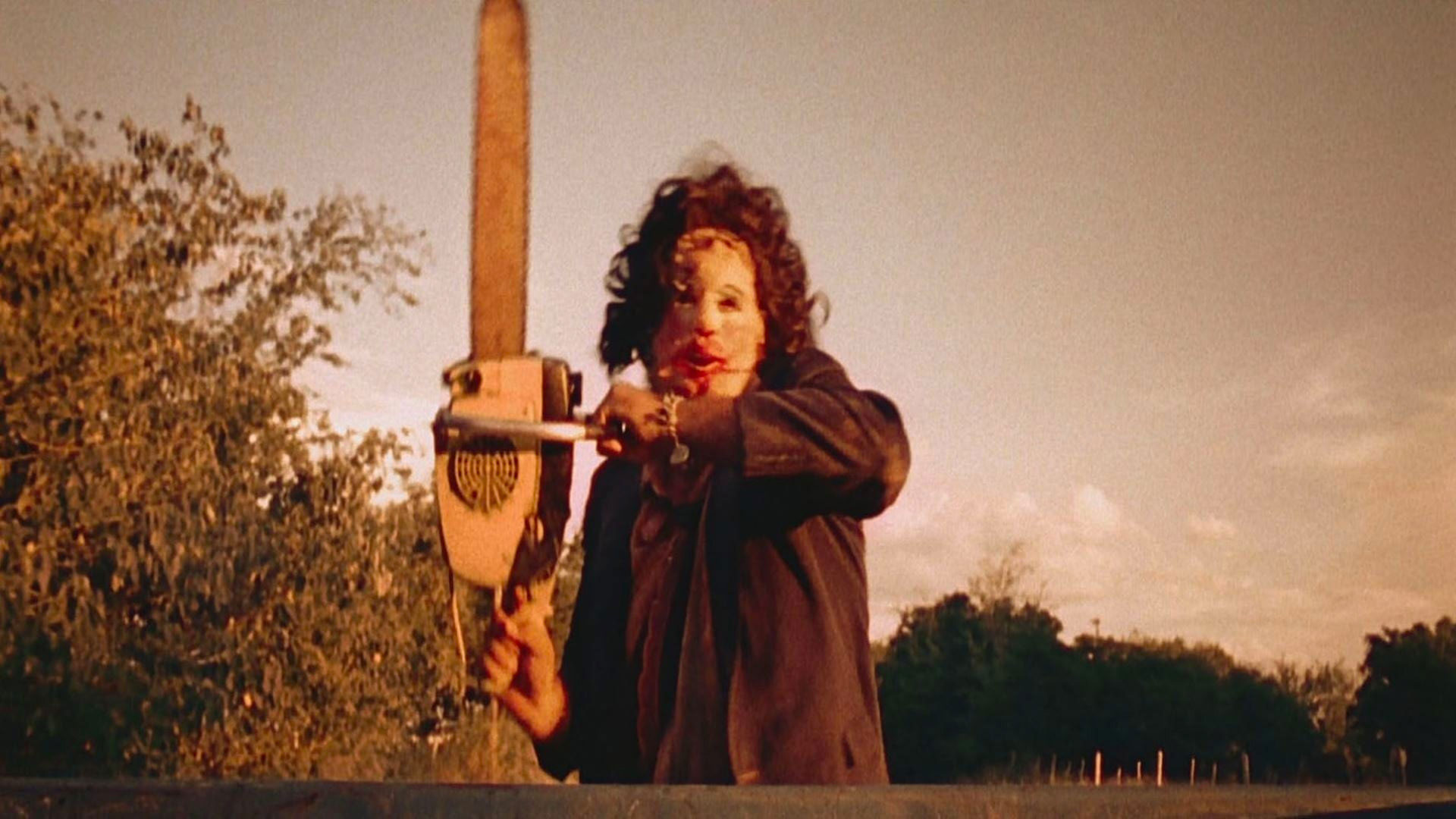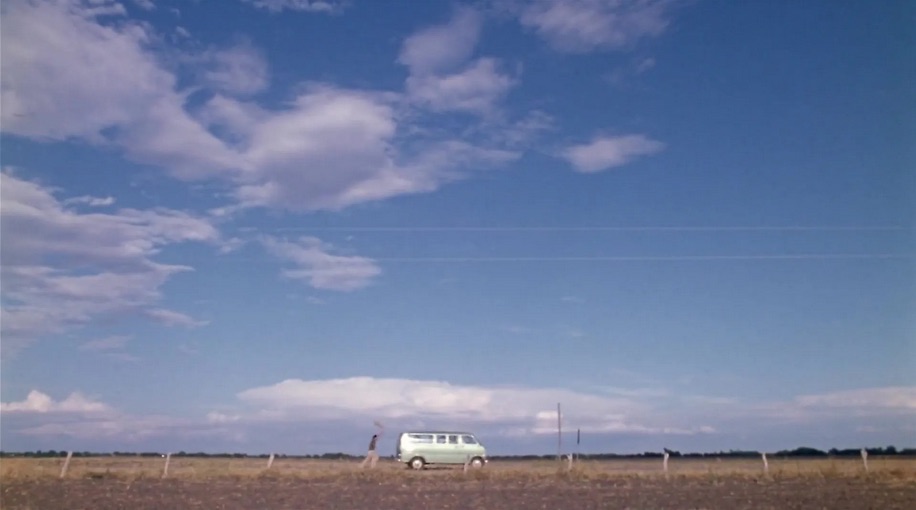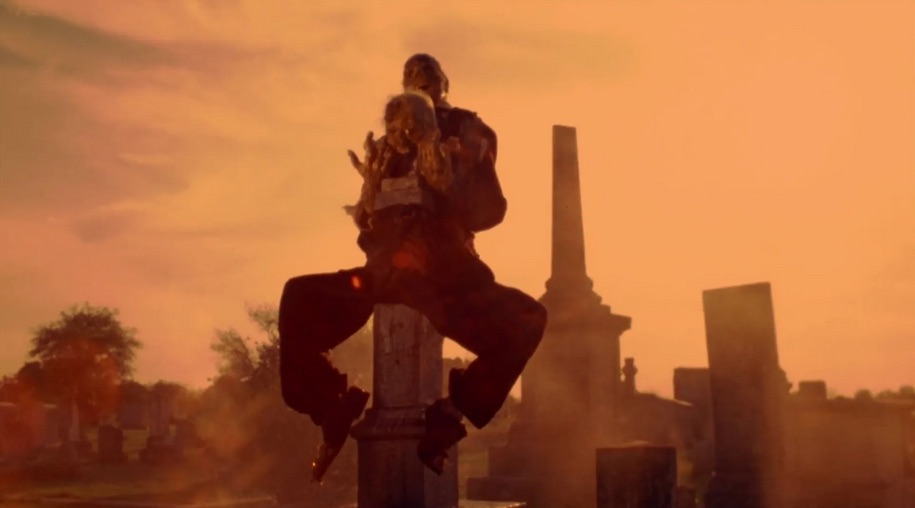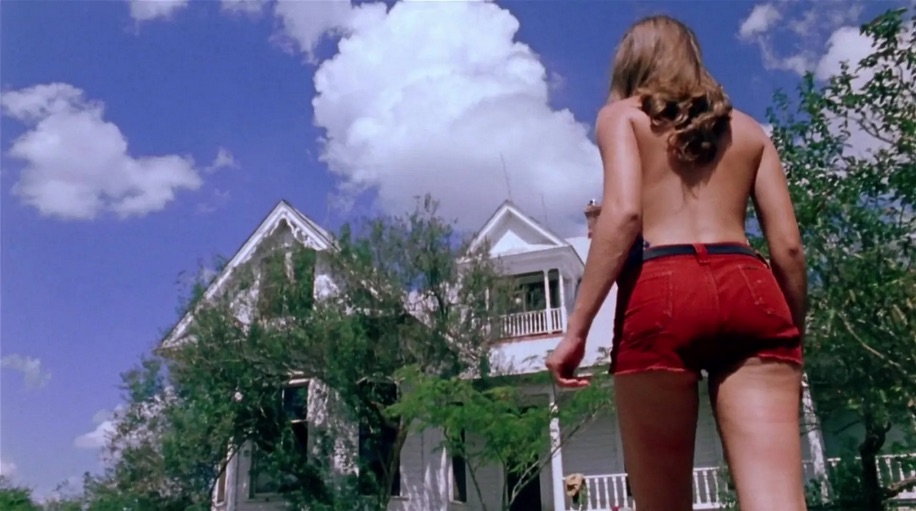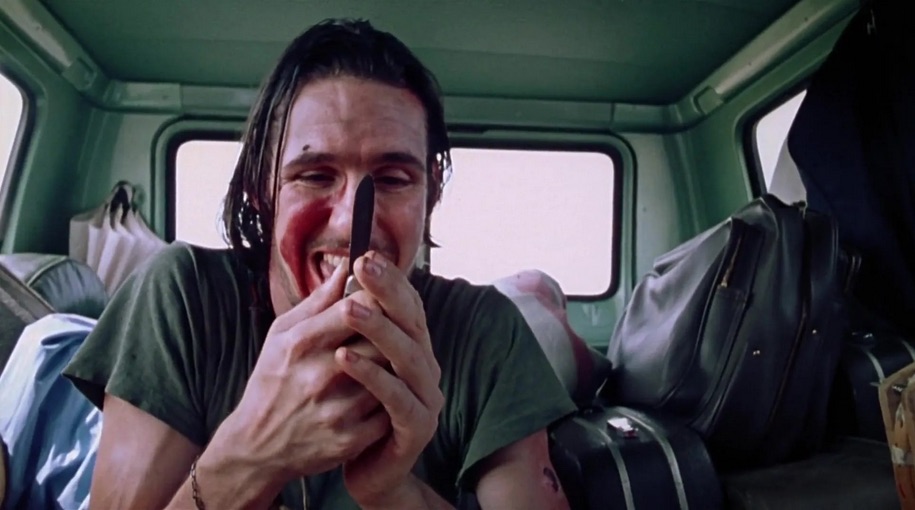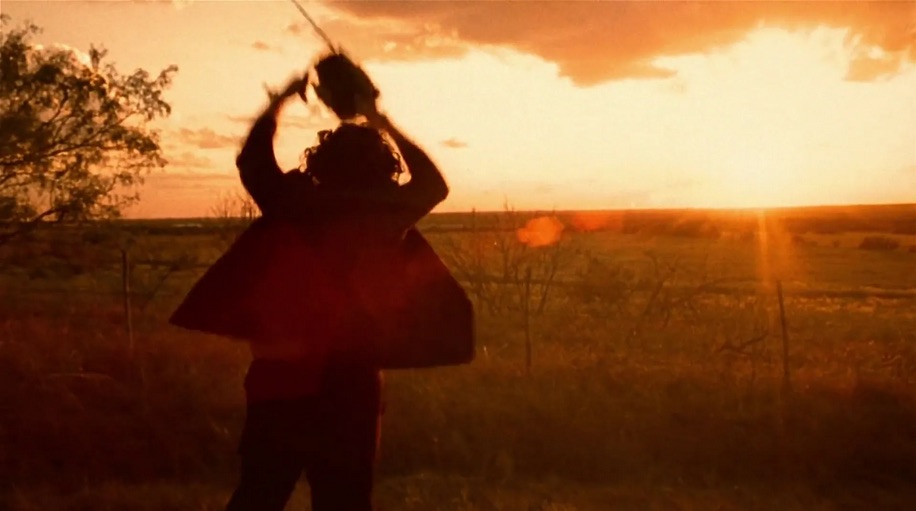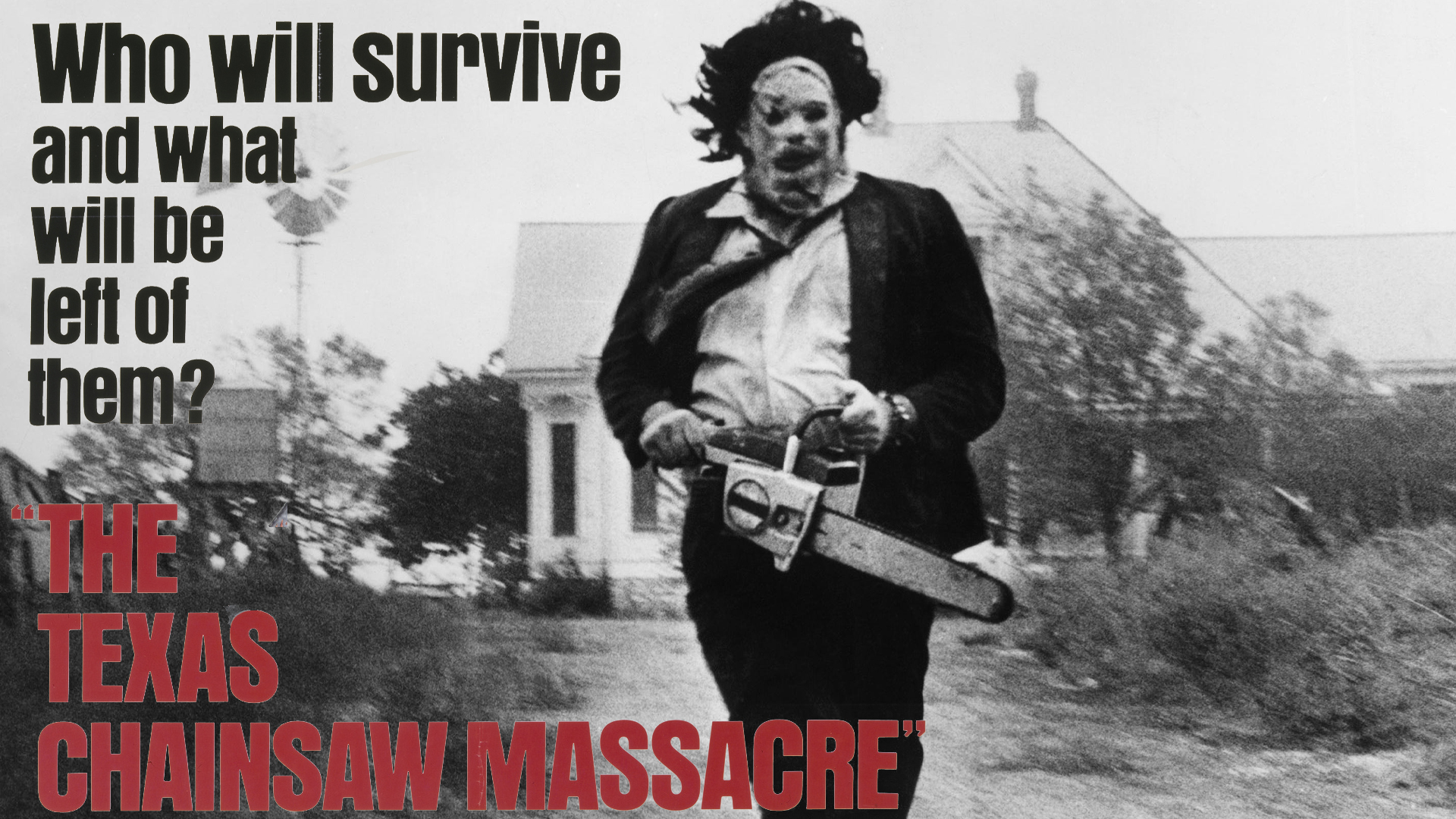
The 1970s are often cited as one of the greatest decades for horror films. Some of the genre’s best examples emerged during this time, and much of this can be attributed to the state of the world. It was an era marked by social and political upheaval, coinciding with a transformative shift in Hollywood, where filmmakers began to enjoy unprecedented creative freedom.
Directors were experimenting with various styles and exploring unconventional influences. Jaws, The Exorcist, Alien, Carrie, and Dawn of the Dead – defining classics that consistently struck audiences with their impact, and continue to be enjoyed to this day.
Among these hits, The Texas Chain Saw Massacre stood out as one of the grittiest and rawest depictions of violence, effectively becoming the archetype for the slasher genre.
Now that the game is out, why not revisit the film that initiated it all? If you haven’t seen it in a while, how about giving it a rewatch? How has The Texas Chain Saw Massacre held up over the years? Does the image quality withstand the test of time in this 4K release? We find out in The Texas Chain Saw Massacre (1974) review.
The Texas Chain Saw Massacre (1974)
Production Company: Vortex
Distributor: New Line Cinema, Bryanston Distribution Company
Director: Tobe Hooper
Release Date: October 1, 1974
In a desolate stretch of rural Texas during the 1970s, a group of five friends sets out on a road trip through the forgotten towns and eerie landscapes. Their journey takes them off the beaten path and onto a dirt road winding through the heart of the region’s vast, sun-scorched countryside.
Stranded in the scorching heat, they stumble upon a farmhouse that time seems to have forgotten. Inside its decaying walls, a twisted and tormented family resides, haunted by forces beyond their control.
As daylight gives way to darkness, the friends find themselves ensnared in a web of terror and violence, their struggle to escape the clutches of a cannibalistic family growing more desperate.
The friends have deadly encounters with a killer who wears a mask crafted from human flesh—a disguise concealing both his identity and his unfathomable desires. Beneath the mask, obscured by bloodstains, lies a shattered psyche. In his hands, he wields a weapon of nightmarish ingenuity: a chainsaw, its revving roar a harbinger of doom, its whirring teeth hungry for trespassers.
The family of cannibals serves as a reflection of the unknown horrors that can emerge when the fabric of reality frays and the mind loses its grip on the mundane world.
The Texas Chain Saw Massacre presents a foreboding and bleak fight for survival, a descent into madness where we confront the unsettling truth that the line between monster and human is thin and fragile—a boundary easily crossed and infinitely treacherous.
The Texas Chain Saw Massacre is a prime example of a film that pushes boundaries and delivers a visceral cinematic experience. The film’s low-budget production and guerrilla-style filmmaking contributed to its authenticity and effectiveness.
It is due to its innovative techniques and independent spirit that Tobe Hooper was able to break free from conventional storytelling methods.
The crew’s resourcefulness led to creativity and improvisational solutions that resulted in The Texas Chain Saw Massacre’s unique visual style. The whole film feels incredibly realistic and is shot in a very naturalistic documentary style.
Not all of the actors are conventionally ‘Hollywood’ attractive. Pam, the sexiest female character in the film, appears average, further grounding the movie in mundanity, only to intensify the horror with profound absurdity through the nightmarish Sawyer family.
The macabre homemade furniture crafted from human and animal bones appears disturbingly realistic. The entire ambiance exudes a sense of discomfort, a sweaty and gross atmosphere that clings like a vile, greasy film.
Every character is coated in dirt, sweat, and at times, blood. Despite being a modestly produced film, it maintains a raw and convincing quality that endures even after all these years.
Decades after its release, The Texas Chain Saw Massacre remains an excellent horror movie. However, the film’s main drawback is the lack of distinct personalities among the main cast, except for Franklin.
Franklin, an overweight invalid, regrets embarking on the trip due to the challenges of mobility, and he is largely ignored by the other kids. Understandably, he remains irate and frustrated throughout the journey.
Sally is the closest character to a protagonist, yet her development is limited. She primarily endures agonizing torture, punctuated by screams and moments of desperation like jumping out of windows. Despite this, she adeptly conveys overwhelming catatonic terror and intense mania.
Jerry, Kirk, and Pam have their share of dialogue, but they all come across as flat characters. Kirk’s most notable moment is a childish prank played on Pam. The film’s choice to skimp on characterization contributes to The Texas Chain Saw Massacre’s brisk pacing, clocking in at a lean 83 minutes.
The Texas Chain Saw Massacre was shot in 16mm under harsh conditions, amid one of the hottest summers in Texas. These conditions are what contributed to the film’s distinct texture, and consequently, the 4K image quality yields diminished returns.
The original appearance of The Texas Chain Saw Massacre was already as good as it could be on older formats. The 4K transfer now accentuates all the ruggedness with greater clarity.
Details such as dirt in the film become more apparent, particularly in scenes where the bright sky is present in the frame. The movie’s inherent look, much like Leatherface’s haphazard skin masks, is destined to remain weathered rather than sharp or pristine.
However, the 4K transfer is not without its merits. Colors are more vibrant, and black levels have been more evenly balanced, revealing additional detail within the dense 16mm grain. Moreover, white levels appear less blown out, especially noticeable in scenes featuring bones.
The audio in The Texas Chain Saw Massacre remains in mono, just as it has always been. Similar to its image quality, the film’s sound offers limited improvements and cannot be enhanced beyond its current state. While this 4K release remains the definitive version of the film, it falls short of being a showcase for testing a home theater system.
Among the entire The Texas Chain Saw Massacre franchise, the original film continues to stand out as the classiest and most sophisticated entry.
While the second movie is undoubtedly highly enjoyable and worth a watch for horror fans, nothing surpasses this immortal classic. The Texas Chain Saw Massacre delivers a laser-focused horror experience that consistently thrills its audience, a quality that endures decades later.
The Texas Chain Saw Massacre (1974) was reviewed with a Blu-Ray copy purchased by Niche Gamer. You can find additional information about Niche Gamer’s review/ethics policy here. The Texas Chain Saw Massacre (1974) is now available via streaming on DVD and Blu-Ray.
